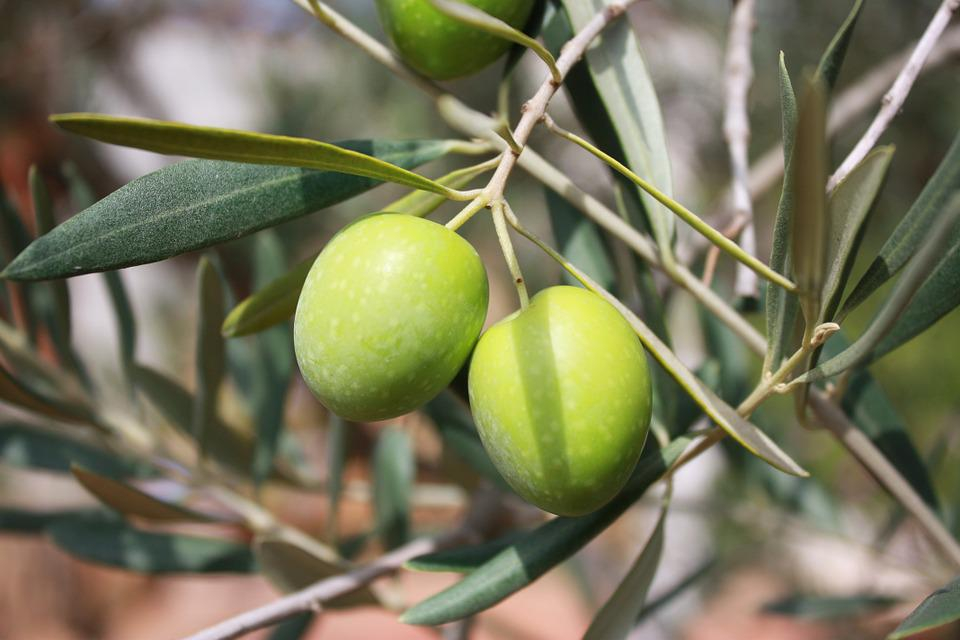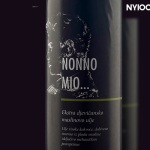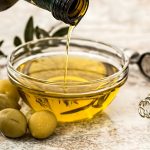As Poslovni Dnevnik writes, this summer’s harsh drought also affected olive groves and as such Croatian olive growers who rely entirely on the climate for the success of their crop. There will be problems with the olive crop, and if it still doesn’t rain significantly until the harvest season, the fruit will remain small, so Croatian olive growers will get less oil, which could see the end product reach a price of 150 kuna per litre, as reported by N1.
“We’re producers of organic olive oil and we produce our oil from three varieties of olives. We have monovarieties of olives, olives and levantines and we also preserve the olives,” explained Ivan Vicenco, the owner of a family farm (OPG).
Although the lack of precipitation is usually somewhat of an ally for olives, the long-term drought has still left its mark. The fruits are smaller and if they don’t manage to swell enough by the time picking is due, the result is naturally less oil.
“Our fruits are somewhat dried out, but they’re slowly coming back to life after the rain we had the day before yesterday, and in a way we’re now counting down the last month until harvest,” added Vicenco. What the harvest will look like also depends on the area where the olive grove is located. Those in rugged areas will suffer the greatest losses.
The president of the Cooperative Association of Dalmatia, Lordan Ljubenkov, says: “We’re receiving reports that the olive trees have shriveled up due to the long drought, and where there isn’t enough soil to retain the moisture, the olives have already started to fall off, with the trees also suffering some damage. Even where there is soil in the olive groves, in another two weeks, those olive groves will lose their fruit as well,”
Because of that, but also owing to the increase in the price of materials and inflation, every drop that Croatian olive growers produce will become precious. A price increase of 20 to 30 percent is unfortunately expected.
“Croatian olive producers will not see their actual work become more expensive, but the packaging will cost more, as will fuel, transport and the means of protecting the olives themselves. Everything about olive oil and the efforts put into the process by Croatian olive growers will become more expensive, and at the same time the final product, extra virgin olive oil, will also cost more,” explained Ljubenkov in an interview for N1.
Vicenco, however, has said he refuses to raise prices, believing that some people have adapted too much to relying solely tourism and have made their product more expensive for no reason whatsoever.
“On the other hand, they forget that there are people around us who use olive oil, who are also our fellow citizens and who will be here even after the tourists leave. Perhaps solidarity should come into it and they should try to be a bit more realistic. In my opinion, a price above 130 kuna for a litre of oil is a kind of robbery,” said Vicenco.
In the main Split market, prices range from 80 to 100 kuna, depending on the type of packaging used for the oil. In addition to oil, native seedlings can also be purchased.
“Since I’m a producer, I will try to raise my prices as little as possible, but at the end of the day everything depends on the crop. There’s been a drought, the harvest looks good, but the fruit is small, there’s been no rain, and everything depends on the rain,” said Josip Ercegovic from Rogoznica. The biggest concern for Croatian olive growers this season is not the crop, but how much oil they will bring to the market due to the drought.
For more, make sure to check out our dedicated Made in Croatia section.











